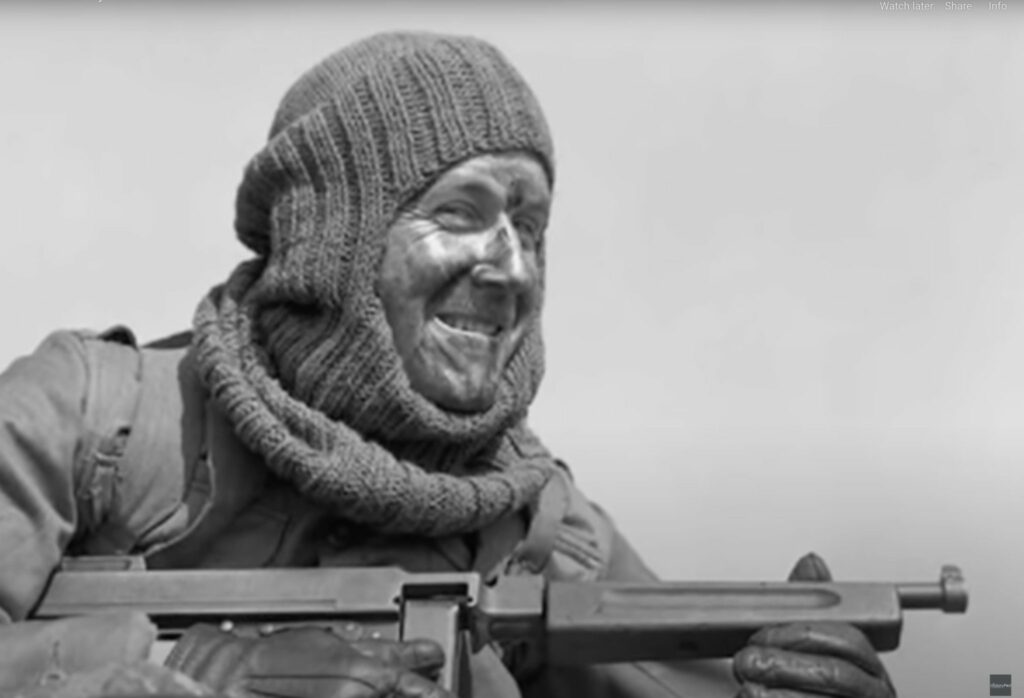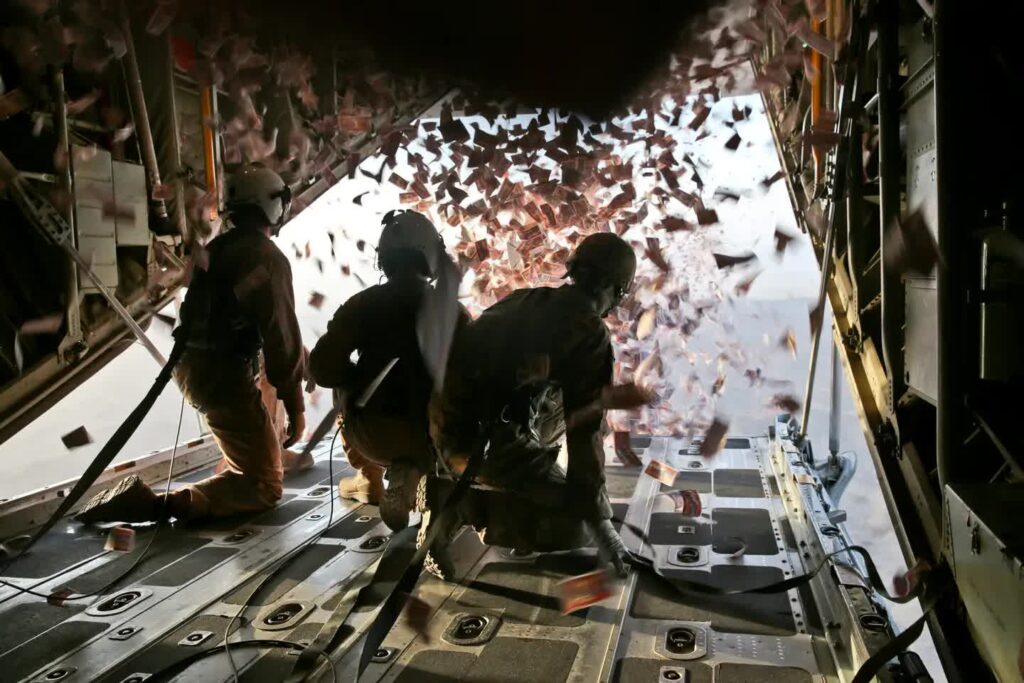Winston Churchill said of the Bismarck’s sister battleship, the Tirpitz: “The whole strategy of the war turns at this period on this ship.”
After the sinking of the Bismarck, all Allied eyes shifted toward the deadly Tirpitz, which was slightly larger than the vaunted Bismarck. From that point, a plan was developed that would greatly affect the tactical operation and eventually the fate of the Tirpitz.
The plan, called Operation Chariot, was focused on the Normandie dry dock constructed in St. Nazaire, France, to provide sufficient berthing service to the over-sized French ocean liner — the Normandie. The only other means of refuge and vital repairs for the Tirpitz lurking in the fjords of Norway would be to run the gauntlet of hundreds of Royal Navy warships in an effort to reach the safety of Germany.
The mission of Operation Chariot: was to destroy all potential dock-side ability to receive and service the Tirpitz and prevent it from resuming the role of the Bismarck in the war of the Atlantic.
An unlikely idea

Disabling the dry dock facilities via an air attack was ruled out due to heavy anti-aircraft installations at the St. Nazaire dock and possible high collateral damage to the French civilian population living there. Attack from naval bombardment was equally ruled out. The bizarre plan that was proposed and selected probably came from the quietest guy in the planning room:
“I know… let’s ram the gates of the Normandie dock with a destroyer packed with explosives.”
The one-liner description of the plan sounded ludicrous, but as planning went on the concept seemed more and more viable.
Operation Chariot was approved in late March 1942 with an execution date just three weeks later.
The destroyer chosen to torpedo itself into the Normandie dry dock was a WWI-era American destroyer Campbeltown which had been obtained by Britain under the Lend-Lease Act. The boat was stripped of weight and camouflaged; its exterior was also altered to make it look more like a German destroyer in the night.
The demolitions plan fell to Lt. Nigel Tibbets who combined five tons of explosives with three “pencil” fuses designed to ignite eight to 10 hours after activation. Though they fired late, the pencil fuses were no less effective when the massive five-ton payload detonated.
Related: Air Commando recognized for bravery during ‘apocalyptic’ explosion in Afghanistan
A hard approach in the night

En route to the target, the British Commando force and their flotilla had a couple of unnerving contacts with German vessels and French trolling boats suspected of being German lookouts for St. Nazaire. The Campbeltown raised the flag of the Deutsche Kriegsmarine (German Navy) to fool the onshore German forces. The crew also had a German codebook from previous action in Norway, which allowed them to answer challenge signals from the Germans with the correct response.
On its short and final approach to the dock, spotlights illuminated the Campbeltown and heavy fire erupted immediately. The German flag was replaced by the British battle standard flag, so the ship charged into battle flying the King’s colors.
Withering fire all from the German shore guns targeted the British flotilla as the Campbeltown slammed into the Normandie dock gates at flank speed, smashing dead center of the gates. With nine meters of her bow up and over the gates, it was deemed in a near-perfect position for the five tons of explosives it carried to cause the greatest possible damage.
Related: High explosives and low temps: Special Forces in Alaska

stern and five tons of explosives cooking away in the hold. (National WWII Museum)
The fight extended on through the night with Commandoes successfully destroying all of the dock’s functional corollaries. The dock was rendered out of action, and still, the main charge that was hidden in the destroyer had exploded or been discovered yet.
Too many British had been killed, wounded, captured, or were missing; this prevented an orderly disengagement from the target. Nevertheless, although many of the escape boats had been sunk by the Germans, 223 British still managed to return via sea to Britain. Further, five men made the 400-mile foot march to the safety of Spain.
The next morning, back at the dock, interrogations began with the senior officers of the raiding force. One of the British officers was being ridiculed by the Germans on the notion that ramming the ship into the dock would not have any effect at all on its operation. Yet at that moment, as if on cue, Lt. Tibbets’s pencil fuses fired igniting the five tons of explosives in the hull of Campbeltown. Hundreds of Germans were instantly killed by the blast.
The aftermath of Operation Chariot

The damage done to the dock’s corollaries and the tremendous blast of the Campbeltown were so severe that the Normandie dock was not returned to functional condition for several years after the war, all the time denying service and refuge to the battleship Tirpitz. Tirpitz was eventually sunk by English airpower and lay at the bottom of the Atlantic.
Operation Chariot was a success, albeit somewhat of a Pyrrhic victory for the British as of the 611 Royal Navy and Commandoes participating in the raid on St.Nazaire, 434 were killed, wounded, or captured.
By Almighty God and with honor,
geo sends




